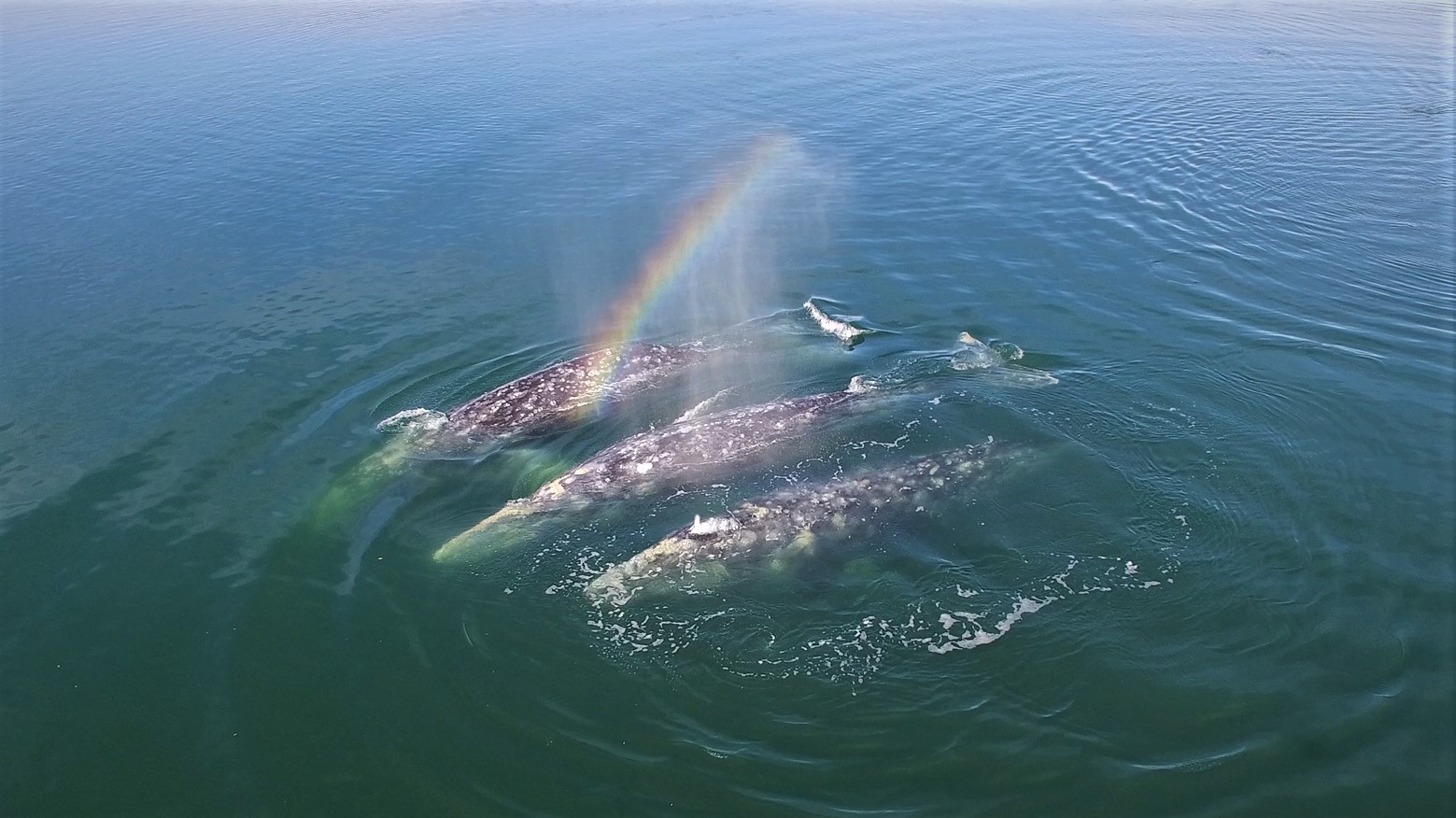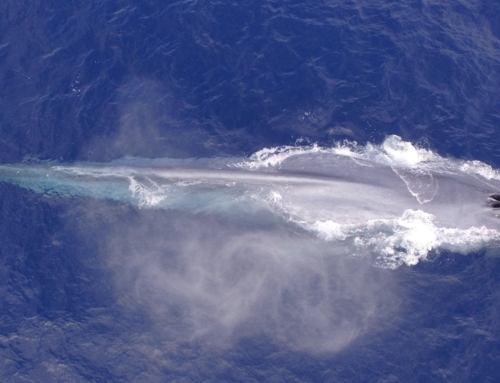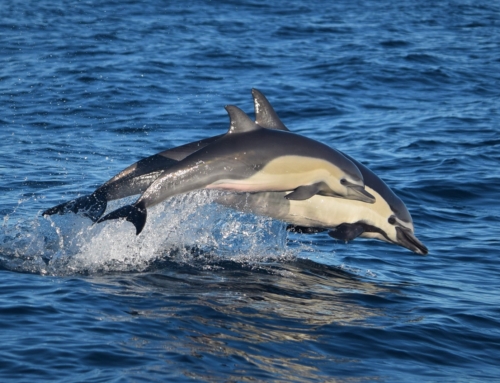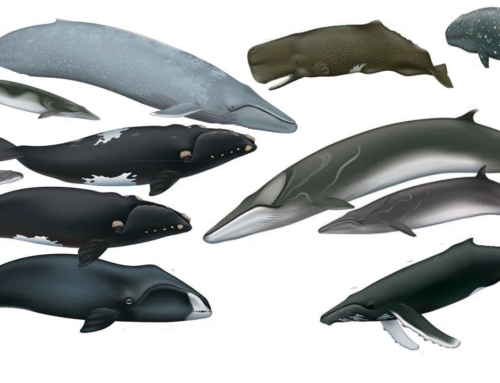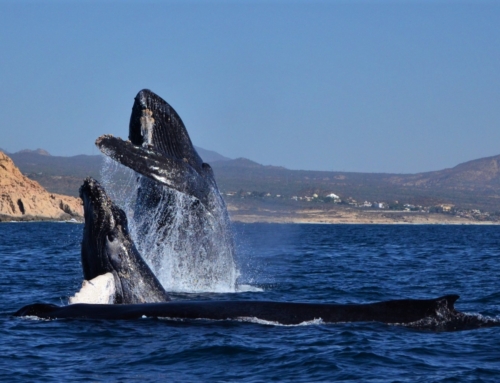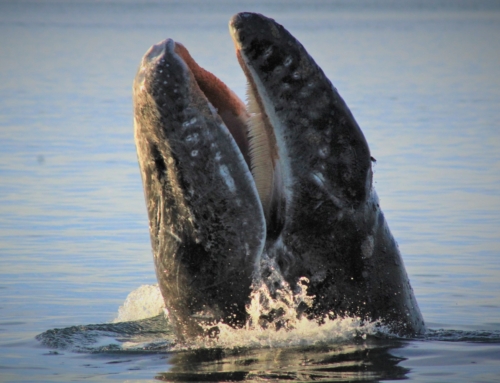Whale populations once numbered in the millions. By the 1960’s many species were either extinct or critically endangered. Today, some are on the road to recovery while others continue to struggle.
The journey of the whale (and every other Cetacean) started over 50 million years ago. It took their even-toed ungulate ancestors around 15 million years to master the seas and become the creatures we recognize today. They filled every ecological niche in the ocean. They inhabited every sea from the equator to the poles and changed shapes and sizes dramatically. Eventually, as with all species, their numbers grew to reach the carrying capacities of their environments. At this time most whale populations ranged between tens of thousands and millions, depending on the species. Altogether, they likely numbered in the tens of millions.
Like every species they faced challenges, the earliest whalers being just one of many. Small human populations with primitive technologies were not a major threat. As humanity advanced this began to change, culminating in the invention of steam powered boat engines and explosive harpoons towards the end of the 19th century. No whale was safe, even the fastest and largest species such as Blue and Fin whales could be targeted. As populations in the Northern Hemisphere – where most major whaling nations were located – began to collapse, the fleets moved further afield. By the 1960’s even the harshest and most remote waters of Antarctica had been all but emptied of great whales.
The Pendulum Swings
Public opinion on whaling had been shifting gradually for years thanks to the work of dedicated campaigners and scientists. With rock-bottom fast approaching, nations finally took action. By the 1960’s countries were introducing laws to protect Cetaceans. The IWC (International Whaling Commission) was created in 1946 to help ‘regulate and guide’ the whaling industry. In 1982, with the backing of the vast majority of member states, it implemented a global moratorium on commercial whaling.
As with every rule there are exceptions and those who choose not to follow it. For many, it was painfully slow in coming, a perfect demonstration of dangerous procrastination. For others it represented, and maybe still does, a ray of hope that humanity can pull together and make dramatic changes when they are necessary. Both views have some element of truth. What is beyond doubt however, is that this crucial intervention came just in time to prevent the extinction of the great whales.
The moratorium was implemented on the premise that once whale populations had returned to around half their pre-commercial whaling numbers, the practice could be re-introduced. Since then public opinion has shifted further towards protecting whales indefinitely and the growth of whale watching has changed the economic dynamic as well. Scientists have made new discoveries using genetic sequencing techniques that indicate that populations of great whales may have been between 2-10 larger than original estimates, most of which were done using reports from the whaling industry. Needless to say, these reports were at best unreliable and at worst dishonest. Whaling itself has also undergone a sharp decline because of lack of demand for whale meat and the replacement of whale based products with alternatives. Taken together, this all seems like good news for whales.

Whale watching has shifted the economic balance
against whaling.
How Whale Populations Grow
In general whales employ a reproductive strategy similar to that of human beings and many other large mammals. They normally give birth to a single live calf that has been gestated over a period of around 10-18 months, depending on the species. They invest large amounts of time and energy into raising their young and often forge strong social bonds that can last a lifetime. Young whales normally reach sexual maturity between the ages of 5-20, again depending on the species. Most can only reproduce after weening their previous calf, a process that takes between 7 -24 months.
This strategy is well suited to large, successful mammals that pass on a lot of knowledge to their young. It also puts the creatures that use it into a high risk category for extinction if their population is rapidly diminished or infant mortality increases. This means that it is harder for such a species to recover from setbacks. But reproduction is not the only factor in play when it comes to population recovery. The abundance of food, lifestyle of the species, and other pressures from humans such as ship traffic & commercial fishing all play a part in how well a particular whale species can recover. This has led to a situation where some populations have recovered spectacularly well while others remain on the brink.

A Gray whale mother & calf in Magdalena Bay, Mexico.
Varied Fortunes
Almost all Cetaceans have suffered at the hands of humans in one way or another. The great whales, of which there are 13 species in total, were hit by far the hardest. One species that has recovered well since the moratorium is the Humpback whale. They were one of the most heavily exploited, but populations in almost all regions have begun to recover. In fact, of the 14 distinct Humpback population segments, nine are now considered ‘not at risk’ with four still ‘endangered’ and one ‘under threat’. Sperm whales, who were also one of the most reduced populations, have also undergone a good recovery and are now considered ‘reasonably abundant’. Most species have experienced more mixed fortunes.
The Bowhead whale population in the North Pacific is now at a ‘healthy’ level of over 10 000 individuals. This represents over 90% of the total Bowhead population, meaning other stocks have not recovered very well. There are three distinct species of Right whales. The Southern Right has recovered relatively well, while both The North Atlantic and North Pacific Rights remain critically endangered. The Blue and Fin whales, once favored targets for whalers, have shown signs of recovery in the Southern hemisphere and North Atlantic but overall population levels remain low. The two distinct populations of Gray whales, both located in the North Pacific, have also experienced vastly different fortunes. The Western stock remains below 100 individuals, making it one of the most endangered of all great whale populations. The Eastern stock is considered healthy, although that may soon change as this group is currently experiencing a mass mortality event.

Humpback whales have been a temporary beneficiary
of climate change.
The Future of Whale Populations
With the whaling industry near collapse and public opinion in favor of continued protection, there is hope that populations can continue to recover. But Cetaceans and other marine species still face a multitude of challenges. The biggest of these are changes to the climate that have knock on effects in every biosphere and habitat on Earth. It is a complicated subject. At the moment some whale species may even be benefiting from these changes. Humpback whales in Antarctica have experienced an explosion in population growth. Their primary food source, tiny Krill, live primarily under sea ice. Each year a larger area of ice disappears and melting starts earlier. This exposes more Krill and this abundance of food has allowed the local Humpbacks to flourish.
But today’s gain will likely be tomorrow’s loss. What happens when there is little or no sea ice left? The short answer, no Krill. The stunning bio-diversity on our planet evolved under relatively stable conditions in ecosystems that were self-balancing. Many species are already suffering because of the changes that are underway. For the rest, the consequences will be felt eventually. We once again find ourselves on the precipice. This time we face not just the extinction of the great whales, but millions of species, including our own. We have procrastinated dangerously, now we must pull together and do what is necessary.

Humpback whales aggregating to compete for
a mate.

